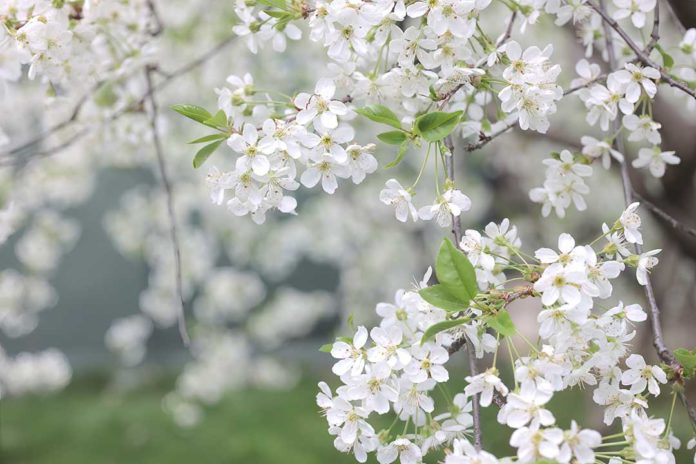Bokeh differences between full-frame and medium-format cameras are noticeable due to several key factors involving sensor size, depth of field, and the typical lens characteristics for each format. Here’s a detailed look at how bokeh differs between these formats and why many prefer the “medium-format look”.
How Bokeh Differs
Depth of Field
Medium-format cameras have larger sensors than full-frame cameras. This size difference affects the depth of field. For a given field of view and aperture, a medium-format camera will have a shallower depth of field than a full-frame camera. This shallower depth of field makes it easier to achieve a blurred background or more pronounced bokeh under similar shooting conditions.
Sensor Size and Compression
The larger medium-format camera sensor captures images with a different perspective and compression effect than full-frame sensors. This difference can make the bokeh appear softer and more pleasing because the background elements are typically more compressed and thus blur together more smoothly.
Lens Characteristics
Medium format lenses are designed to cover a larger image circle (the area of the image projected by the lens onto the sensor). These lenses often have longer focal lengths to maintain the same field of view as those on full-frame cameras, which further influences the depth of field and the appearance of bokeh. For instance, a standard portrait lens in medium format might be 110mm, whereas it could be 85mm in full-frame. The longer focal length in medium format produces a more pronounced bokeh effect.
Why Our Eyes Praise the “Medium Format Look”
Quality of Bokeh
The bokeh produced by medium-format cameras is often described as creamier and smoother. This is partly due to the shallower depth of field achievable due to the larger sensor and the optical characteristics of medium-format lenses. The bokeh blobs are typically larger and softer, which can be very appealing for portraits and subjects where a distinct separation from the background is desired.
Image Detail and Tonal Gradation
Apart from bokeh, medium-format cameras usually provide higher resolution, better color depth, and wider dynamic range. This results in images with richer details and smoother tonal transitions. The combination of these image qualities with the distinctive bokeh contributes to the overall “medium-format look” that many photographers find appealing.
Aesthetic and Emotional Impact
Photographically, images taken with medium-format cameras often have a certain aesthetic that is hard to replicate with smaller sensors. The way these cameras render space and detail, combined with the bokeh, lends a three-dimensional feel to the images, making them appear more “lifelike.” This quality can give medium-format photographs a palpable presence, deeply impacting the viewer’s emotional response.
Exclusivity and Professionalism
Historically, medium-format cameras have been associated with professional, high-end photography. Their unique look continues to be sought after in fashion, portrait, and fine art photography, where image quality and distinctive rendering are paramount.
While both full-frame and medium-format cameras can produce beautiful bokeh, the characteristics and quality of bokeh in medium format are generally perceived as more appealing due to the interplay of larger sensors, different optics, and a shallower depth of field. These factors contribute to the distinct “medium format look” many photographers and viewers prefer.



